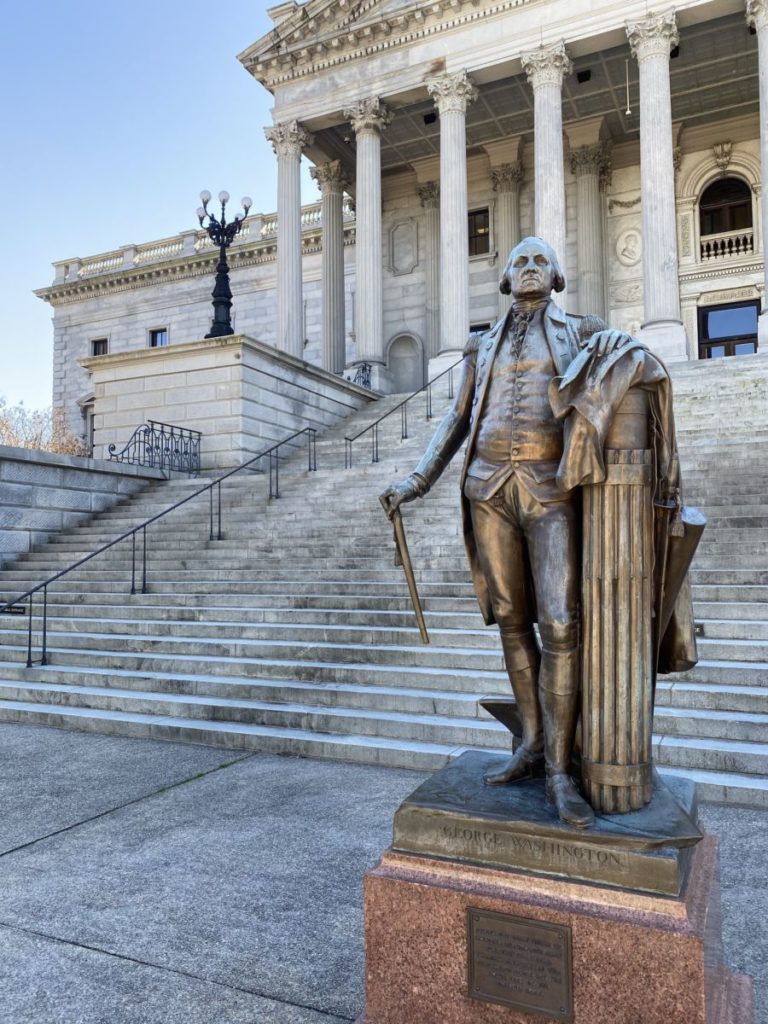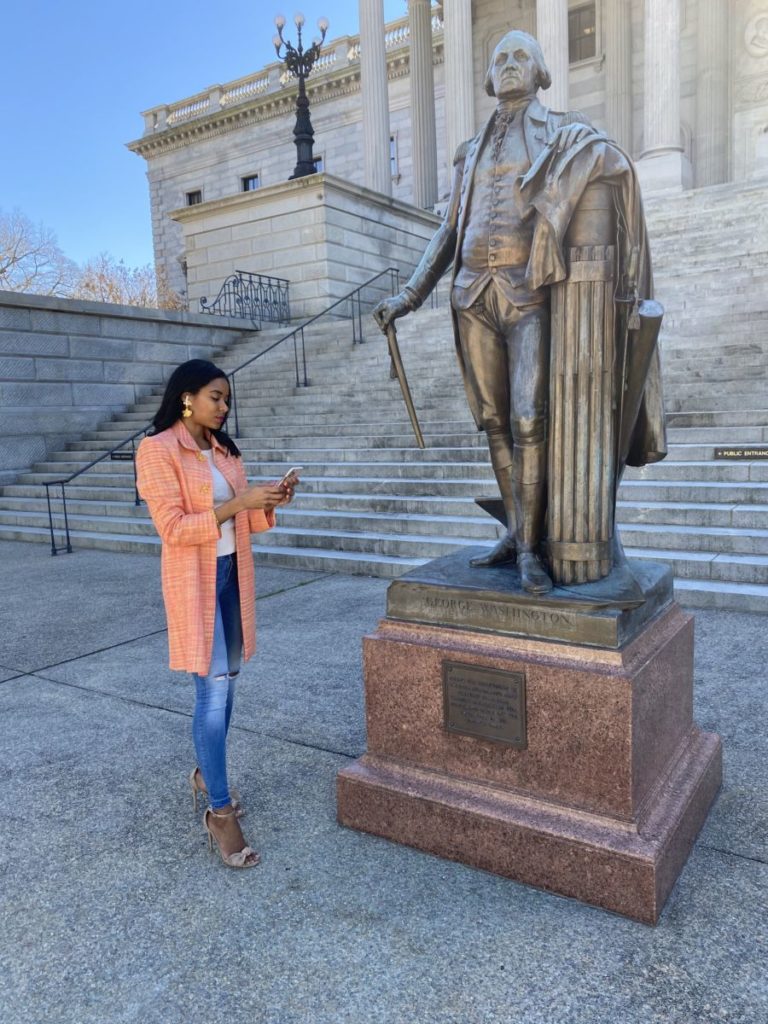Over the last year, America has really begun to dive deeper into its harsh reality of African American history. We’ve explored how decisions made hundreds of years ago still effect Black communities today. From redlining neighborhoods to marginalizing education, we’ve seen how decisions made by our fore-fathers affect where our nation stands today. Last summer, during the rise of the Black Lives Matter movement, the conversation about historic figures + their monuments standing on government property, became a huge topic of conversation.
While some felt as though these monuments reflected a hurtful past and the inability of a fresh future, others were steadfast in their belief that they were a representation of our nation’s history and deserved to be remembered. Historic Columbia, has taken this conversation a step further by exploring not only who was erected to stand on the grounds of the South Carolina State House, but who commissioned these works + why. Through four engaging podcasts, they explored these ideas and leave their audience to make the conclusion of if these historic figures are in fact a representation of our state today for themselves.

A podcast narrated by UofSC Professor, Dr. Lydia Mattice Brandt, this podcast series is one of the ways Historic Columbia is driving the conversations about how historic places are interpreted in the community. This podcast can be streamed on Spotify, Stitcher, and Apple Podcast.

Link to Apple
“Historically Complex is an engaging, in-depth look into the monuments that decorate the South Carolina State House grounds. Professor Brandt goes beyond who the monuments represent to discover why they were chosen, and by whom, which tells a much more complete story of their significance in a way that’s never been explored in such detail. It’s a reminder not to rely solely on appearance and descriptions, but to dig deeper for purpose and motivation. It’s my hope that by realizing with why these monuments were chosen, leaders and citizens will be more willing to accept their removal.”
Megan Pinckney Rutherford


